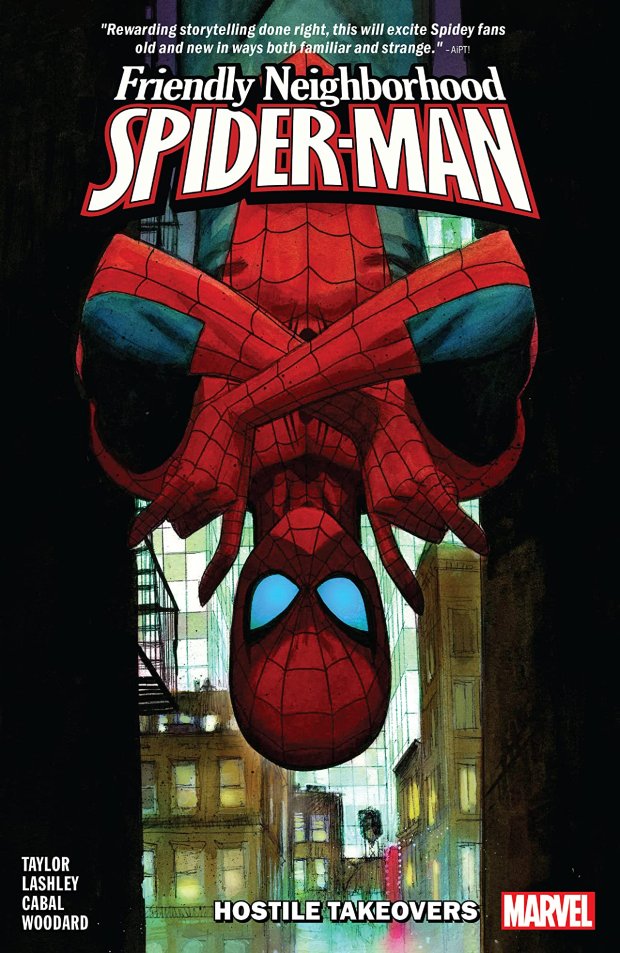by Eve L Ewing, Luciano Vecchio, Matt Milla, Geoffo, Clayton Cowles
collects Ironheart #7-12
volume reviews one | two [complete]
Why in the world does Marvel love to preach diversity and then cut off said diverse titls just as things are getting good?!
Ironheart could have been the beginning of a long and successful run not unlike Ms Marvel. Eve L Ewing’s character work is delightful – Ironheart is quirky and not without her faults, and her supporting characters like Xavier are charming. Her teamups with The Wasp, Shuri, Silhouette and Okoye were delightful and a breath of fresh air, particularly the creation of “Shuriri,” who clash simply because they’re so alike. It never once felt like a diversity team up for its own sake. And Ewing also showcases her range from a cute zombie arc to some pretty emotional father-daughter discussions between the women.
But the story with the Ten Rings organization was hastily wrapped up and concluded, and it’s a credit to Ewing’s writing that it still feels like a quality story even though it was obviously rushed. Riri has a huge family revelation that is clearly going to be left hanging, as well as several ongoing and burgeoning relationships.
The art team bring a consistently high quality and streamlined aesthetic to Ironheart, just like volume one (and not unlike Riri’s suit, too). It feels bright and high energy, and characters look consistent; I enjoyed looking at the book as much as I loved the story and it’s honestly rarely such a home run on both. Truly, my only complaint (aside from the story changes due to Marvel being a jerk) is literally any other cover than this one. Why highlight Dr Strange and Midnight’s Fire when issue 12’s cover is SO MUCH better:
I’m grateful we got Ironheart but still deeply frustrated that Marvel would cancel her series. Do the higher ups only care about revenue and not quality comics? The appearance of diversity and representation when the PR looks good, without actually throwing support behind up and coming titles in the long term? (And I”m not just talking about Ironheart as a character but also Eve Ewing, one of the VERY FEW women of color to work at Marvel.) It certainly seems like it. I sort of hate it.





